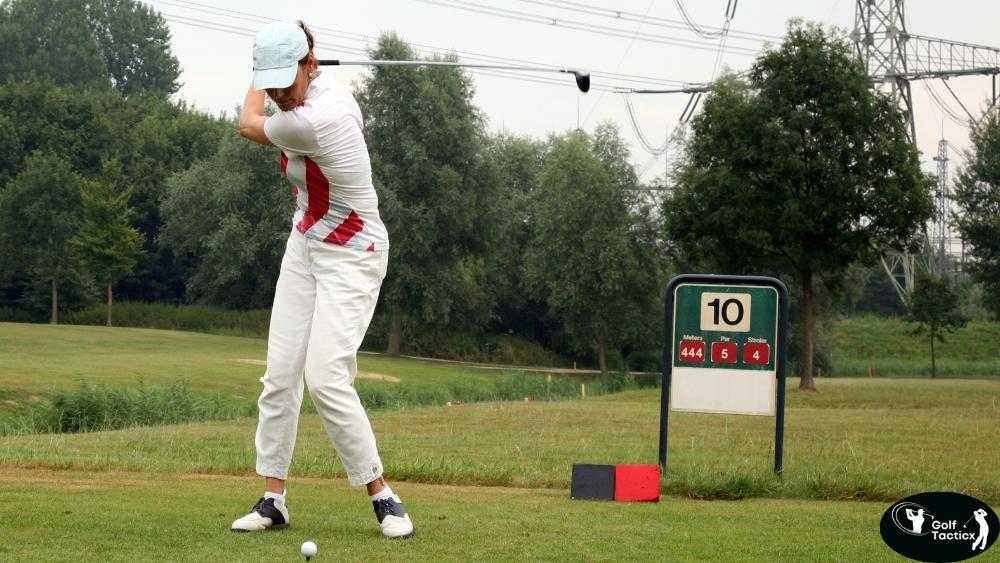In our previous post, we discussed refining your putting stroke for consistency. Now, let’s delve into the art of reading greens like a tour professional. Understanding how the ball will move on the green is crucial for accurate putting. This guide will introduce you to essential techniques and drills to enhance your green-reading skills.
By learning how to read greens like a pro, you’ll not only improve your putting accuracy but also gain the confidence to tackle various green conditions. Whether you’re dealing with uphill or downhill putts, reading the break, slope, and grain is key to lowering your scores.
In this article, we’ll break down the factors that influence a putt’s path, including speed, slope, and environmental elements like wind or moisture. You’ll also discover how to read greens like a pro under pressure and in different course conditions, making this skill a game-changer.
With practice and the right mindset, you’ll soon be able to read greens like a pro, making more informed decisions and sinking putts with ease.
What Does It Mean to Read a Green?
Reading a green involves assessing its slopes, undulations, and grain to predict how the ball will break and roll toward the hole. This skill is vital for determining the correct line and speed for your putts. It also means understanding how different sections of the green such as uphill, downhill, or sidehill areas will influence the ball’s movement.
Reading a green goes beyond just looking; it requires walking around the putt, observing from multiple angles, and feeling the contours with your feet. It’s a blend of visual analysis, physical awareness, and strategic thinking that helps golfers make more informed putting decisions. Learning how to read greens like a pro gives you an edge on the course helping you judge not just the line, but the pace and path needed for a successful putt.
Key Factors Influencing Green Reading
Slope and Undulations: Greens are rarely flat. They have subtle slopes and undulations that can significantly affect the ball’s path.
Grain: The direction in which the grass blades grow can influence the ball’s roll. Typically, the grain grows toward the setting sun, but this can vary based on the course’s location.
Speed of the Green: Faster greens require a lighter touch, while slower greens may need a firmer stroke.
Weather Conditions: Wind, humidity, and temperature can all impact how the ball behaves on the green.
Moisture Levels: Wet greens can slow the ball down and reduce break, while dry, firm greens often make the ball roll faster and exaggerate breaks. Morning dew or recent rain can also affect the roll.
Foot Traffic: Areas with heavy foot traffic, especially near the hole, can create slight depressions or worn paths that subtly alter the line. Observing these areas can give you clues for a more precise read.
Steps to Effectively Read Greens
Observe from Multiple Angles: Before addressing your putt, walk around the green to view the hole from different perspectives. This helps identify subtle breaks and slopes.
Look for Water Flow Patterns: Imagine where water would flow if the green were wet. This mental exercise can reveal the natural breaks of the green.
Assess the Grain: Determine the grain’s direction by observing the sheen of the grass. Grass growing toward you will appear darker, while grass growing away from you will appear lighter.
Check for Subtle Slopes: Use a ball to test the slope by rolling it in various directions. This can help you feel the green’s contours and anticipate the ball’s movement.
Drills to Enhance Your Green-Reading Skills
Incorporating specific drills into your practice routine can significantly improve your ability to read greens. Here are some effective drills to try:
The Coin Drill
Place two coins just wider than your putter head about 6 inches in front of the ball. Practice putting through the gate to ensure a straight stroke. This drill helps visualize the ball’s path and break.
Alignment Stick Drill
Place an alignment stick on the ground along your intended line. Practice putting along this line to develop a consistent start line and improve your green-reading accuracy.
Ladder Drill
Set up balls at increasing distances from the hole (e.g., 3, 6, 9, 12 feet). Putt each ball into the hole, focusing on distance control and consistency. This drill helps you understand how the green’s slope affects the ball’s speed and break.
Clock Drill
Place balls around the hole at 3, 6, 9, and 12 o’clock positions. Practice making putts from each position to build confidence and consistency. This drill enhances your ability to read breaks from different angles.
One-Handed Putting
Practice putts using only your dominant hand, then your non-dominant hand. This drill helps develop feel and balance in your stroke, which is essential for accurate green reading.
Common Mistakes to Avoid
Ignoring Subtle Breaks: Overlooking minor slopes can lead to misreads. Always consider even the slightest undulations.
Relying Solely on Visual Cues: While visual assessment is important, also trust your sense of feel and intuition when reading greens.
Not Considering Grain: Disregarding the grain can result in unexpected ball behavior. Always factor in the Cleveland Huntington Beach Putter
Rushing the Read: Many golfers make the mistake of hurrying through their green read. Take your time to walk around the putt, view it from multiple angles, and gather all the information before committing to your line.
Focusing Only on the Hole: Don’t just zero in on the final few feet. The entire path of the putt matters—early and mid-breaks can be just as influential as the finish.
Letting a Miss Affect the Next Read: One poor result shouldn’t shake your confidence. Reset mentally and treat each green as a fresh opportunity to apply your skills.
Mental Approach to Green Reading
A positive mental attitude is essential for effective green reading. Visualize successful putts, stay patient, and maintain focus. Remember, confidence in your abilities can make a significant difference in performance. Trust your process, commit fully to your read, and accept the outcome.
Not every putt will drop, but with a strong mental approach and consistent routine, your success rate will steadily improve. In addition to visualization, it’s important to stay calm under pressure. Managing anxiety and maintaining composure, especially during crucial moments, can help you make better decisions on the green.
Being present in the moment and avoiding overthinking will allow you to read the green more accurately. Consistency in your mental approach, paired with solid technique, will help you stay focused and confident, leading to better results and fewer missed putts. Developing mental discipline is just as important as physical skill when learning how to read greens like a pro.
Conclusion
Reading greens like a tour professional takes practice, observation, and mental discipline. By combining sound technique, purposeful drills, and the right mindset, you’ll start to see more putts drop and your confidence grow. Make green reading a regular part of your practice routine, and over time, it will become second nature—an essential tool in your scoring arsenal.
Mastering how to read greens like a pro allows you to approach each putt with a better understanding of the green’s characteristics, ultimately helping you make more accurate reads. It’s not just about predicting the break but also recognizing the nuances of each individual green.
The more you observe, the sharper your instincts will become, giving you an edge over your competition. In our next post, we’ll focus on How to Train Your Eyes to Read Breaks in Golf Like a Pro, a critical skill that works hand in hand with green reading to lower your scores.
















Leave a Reply